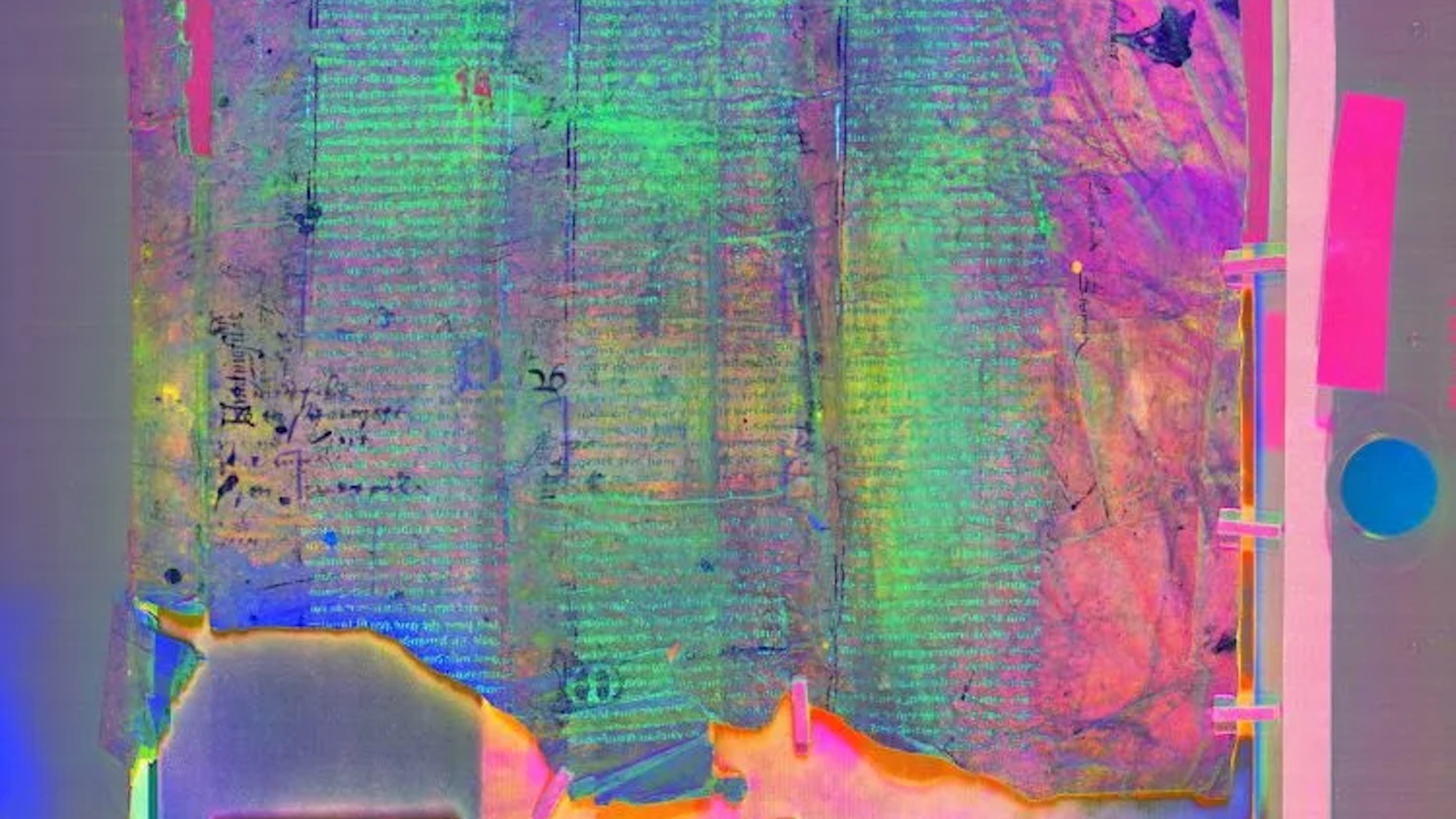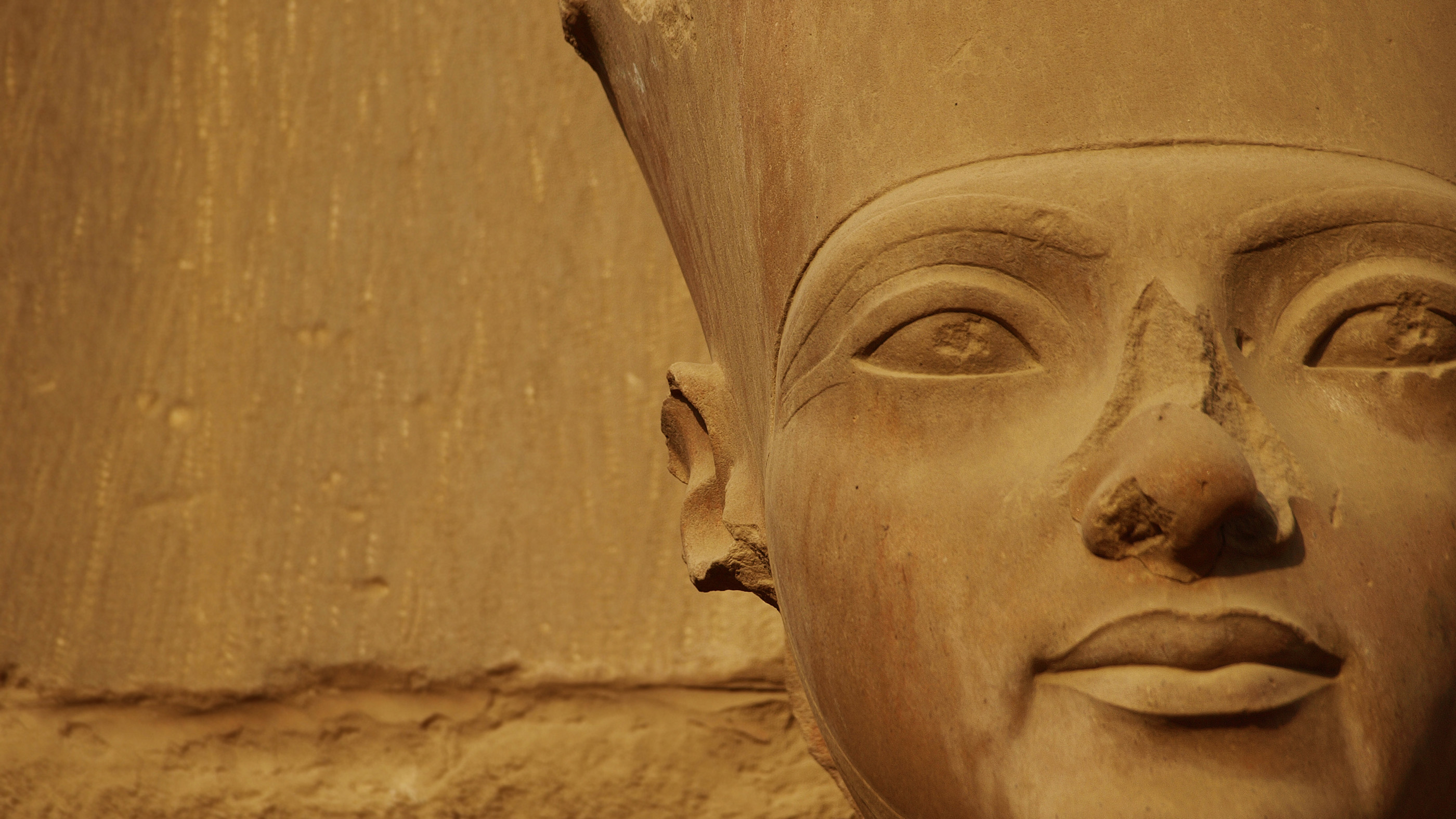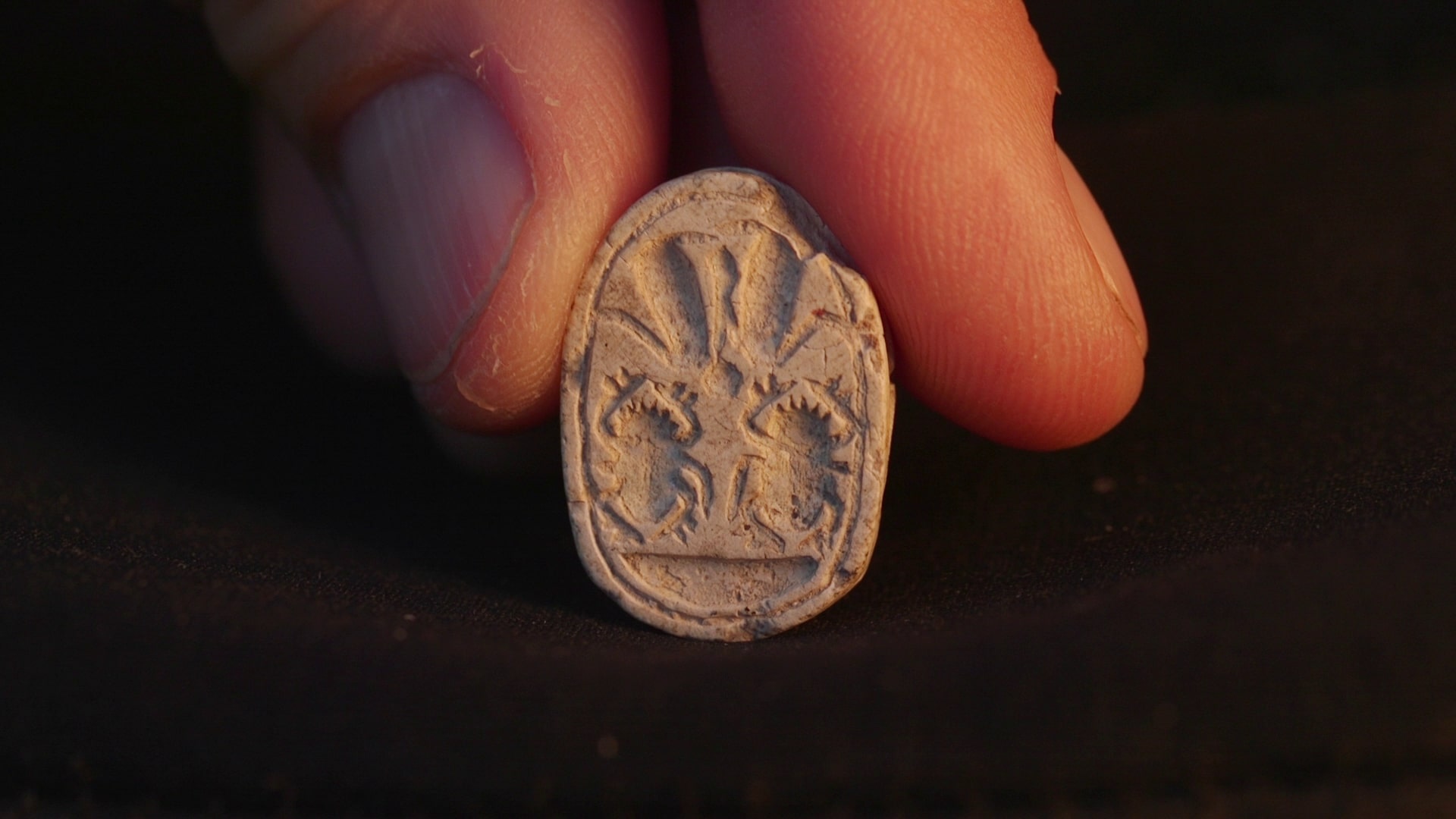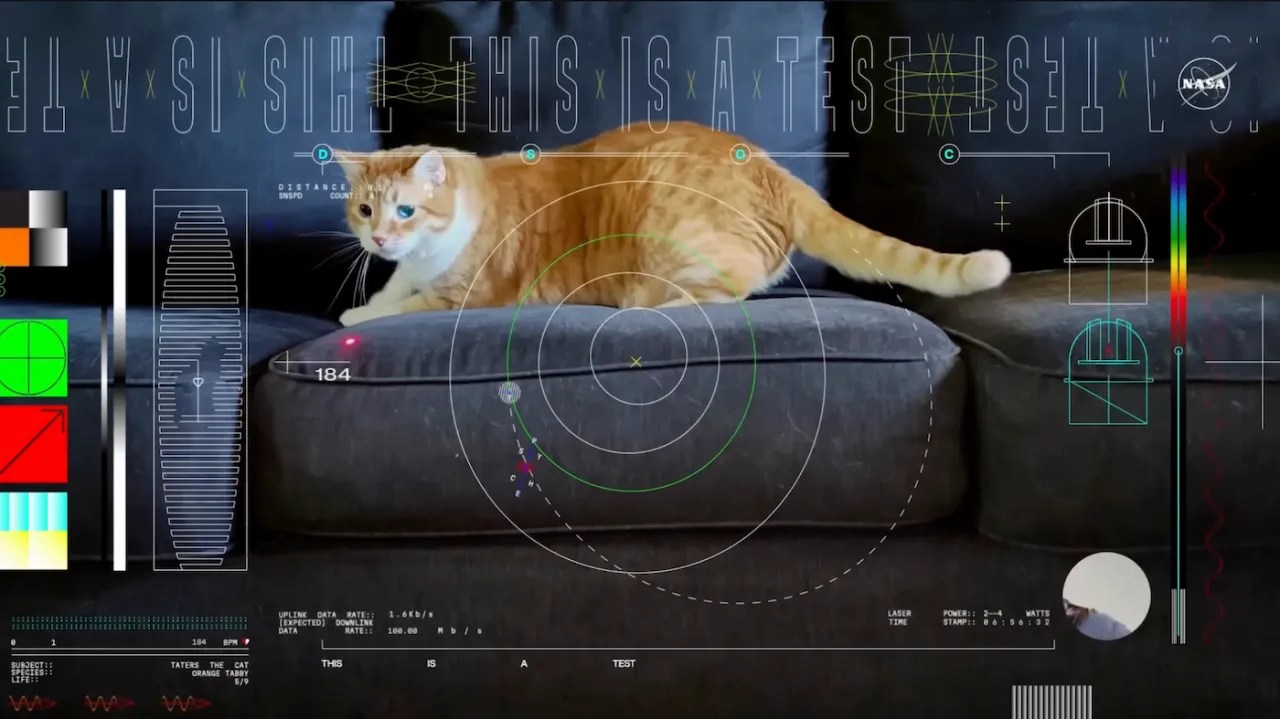Rare Merlin and King Arthur text found hidden in binding of medieval book
The ‘extremely significant' text was hidden for centuries. The post Rare Merlin and King Arthur text found hidden in binding of medieval book appeared first on Popular Science.

Variations on the classic Merlin and King Arthur legends span hundreds, if not thousands, of retellings. Many are documented within handwritten medieval manuscripts dating back over a millenia—but some editions are far rarer than others. For example, less than 40 copies are known to exist of a once-popular sequel series, the Suite Vulgate du Merlin. In 2019, researchers at the University of Cambridge discovered fragments of one more copy in their collections, tucked inside the recycled binding of a wealthy family’s property record from the 16th century. But at the time of discovery, the text was impossible to read.
Now after years of painstaking collaborative work with the university’s Cultural Heritage Imaging Laboratory (CHIL), archivists have finally been able to peer inside the obscured texts—without ever needing to physically handle the long-lost pages.

Experts combined multiple conservation tools and techniques to construct a 3D model of the fragments. These included multispectral imaging (MSI), which creates high-resolution images by scanning an artifact with wavelengths ranging from ultraviolet to infrared light. After borrowing X-ray and CT machines from Cambridge’s zoology department, the team then examined the parchment layers to map unseen binding structures without the need to deconstruct the delicate material. CT scanning allowed researchers to examine how the pages were stitched together using thin strips of similar parchment.
Some of the Merlin texts were unreadable due to being hidden under folds or stitching, so the team also needed to amass hundreds of images from every angle using an array of magnets, prisms, mirrors, and other tools. The combined result is a high-definition, digitized 3D model of the entire relic that unfolds, allowing experts to analyze it as though reviewing the physical manuscript itself.

“If this had been done 30 years ago, the fragment might have been cut, unfolded, and flattened. But today, preserving it in situ gives us a crucial insight into 16th-century archival practices, as well as access to the medieval story itself,” Irène Fabry-Tehranchi, a French specialist in the Cambridge University Library’s collections department who helped oversee the project, said in a statement.
The results revealed not just a part of Suite Vulgate du Merlin, but insights into the time period in which it existed. Experts now believe the sections originally belonged to a shortened edition of the tale. Given small typographical errors as well as the red and blue ink used in its handwritten decorated initials, historians traced its origins to sometime between 1275–1315 CE.

The original edition was written in Old French, the language used by the medieval aristocracy and courts of England after the Norman Conquest, while the 16th century binding contains two repurposed sections. Fabry-Tehranchi and colleagues at first believed it to be a 14th century story involving Sir Gawain.
“Further examination revealed it to be part of the Old French Vulgate Merlin sequel, a different and extremely significant Arthurian text,” she said.
The first portion recalls the Christians’ victory against the Saxons at the Battle of Cambénic, including a fight involving Gauvain, his brothers, and his father King Loth versus the Saxon Kings Brandalus, Dodalis, Moydas, and Oriancés. The second scene is a courtly sequence that takes place during the Feast of the Assumption of the Virgin Mary, and includes Merlin appearing in Arthur’s court while disguised as a harpist.
With the sections translated and digitally preserved, the team hopes the same techniques can be applied to other conservation projects, particularly those involving delicate and obscured artifacts. Recycling older parchment for new books was a common practice during the medieval era, meaning many other invaluable records are still likely hidden in existing archives.
“This project was not just about unlocking one text—it was about developing a methodology that can be used for other manuscripts,” said Fabry-Tehranchi. “Libraries and archives around the world face similar challenges with fragile fragments embedded in bindings, and our approach provides a model for non-invasive access and study.”
The post Rare Merlin and King Arthur text found hidden in binding of medieval book appeared first on Popular Science.


















































































































.jpg?#)
































